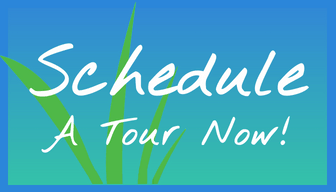Integration of Herbs Adds Beneficial Edge to Bodywork
by Ariela GrodnerWhile living at an ashram in rural India, where ancient medicine is still integrated into the daily lives of the people, I had the privilege to witness the diagnosis and treatment process given to those seeking medical care. The doctor would begin the...An Opportunity to Rest in the Heart of Stillness
by Giorgia Milne The three fundamental types of cranial work widely practiced today, regardless of personal variations, can be characterized as biomechanical, functional and biodynamic.Biomechanical cranial work has been the most widely practiced as it was the first...Giving Thanks for My Hands
by Karen BallI lost my cell phone a while back. Actually, I didn’t lose it; I left it at a friend’s in Montreal, and discovered I had no phone just as I was about to cross the border into the United States in my car. My first thought was to call my friend to alert him...Is Thai Foot Reflexology Really Reflexology?
Awhile back I got into a conversation on a Facebook reflexology group page I follow. The exchange started with a woman’s struggle (her word) around the term Thai Reflexology. She wondered how someone practicing this age-old therapy could call it “reflexology” when the techniques were so different from what she knew.
Her comments sent me back to an earlier time in my reflexology career. Back in 1983, I learned what is now referred to in the United States and Canada as “conventional” reflexology, based on the theories and techniques developed by Eunice Ingham, known fondly as the “grandmother” of modern reflexology. For more than 10 years, I just assumed that reflexologists all over the world practiced reflexology as I was taught, happily thumb and finger-walking their way around an ancient map of foot and hand reflexes corresponding to other parts of the body. And then…
Sick and Tired of Headaches?
I feel fortunate – fortunate because I am not one of the 45 million Americans that experience chronic headaches.[i] For that matter, I barely make the club of nearly 90% of the population that experiences occasional headache pain.[ii]
So, let’s get this straight – a headache is not a disease. It is the loud and persistent and painful voice of a body living with chronic stress, toxic blood, physiological imbalances and/or trauma: ie. a body crying out for help. It turns out that there are many bodies crying out for help in the United States: People seeking treatment for headache pain account for 8 million consultations with physicians annually.[iii] Migraine headaches alone account for an estimated 157 million days lost from work.[iv]
Cephalgia (a headache) is defined as pain in the head and/or neck, and is classified as either episodic or chronic. Episodic headaches are triggered by a specific episode of stress; chronic headaches are frequent or even daily, associated with ongoing stress.
Headaches are categorized according to



